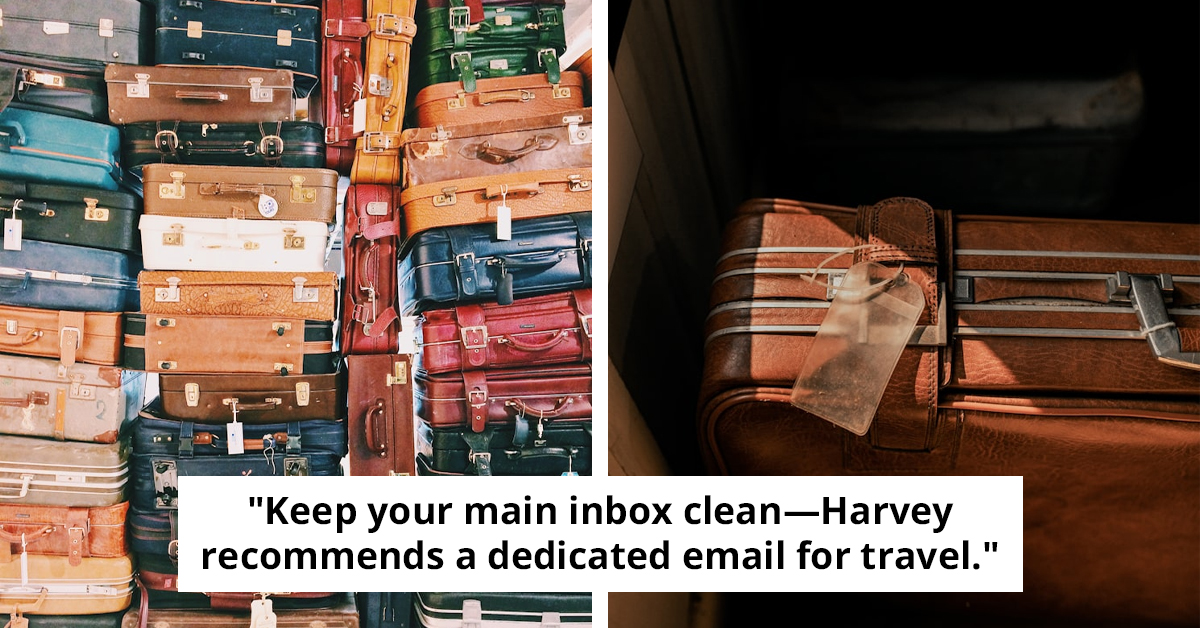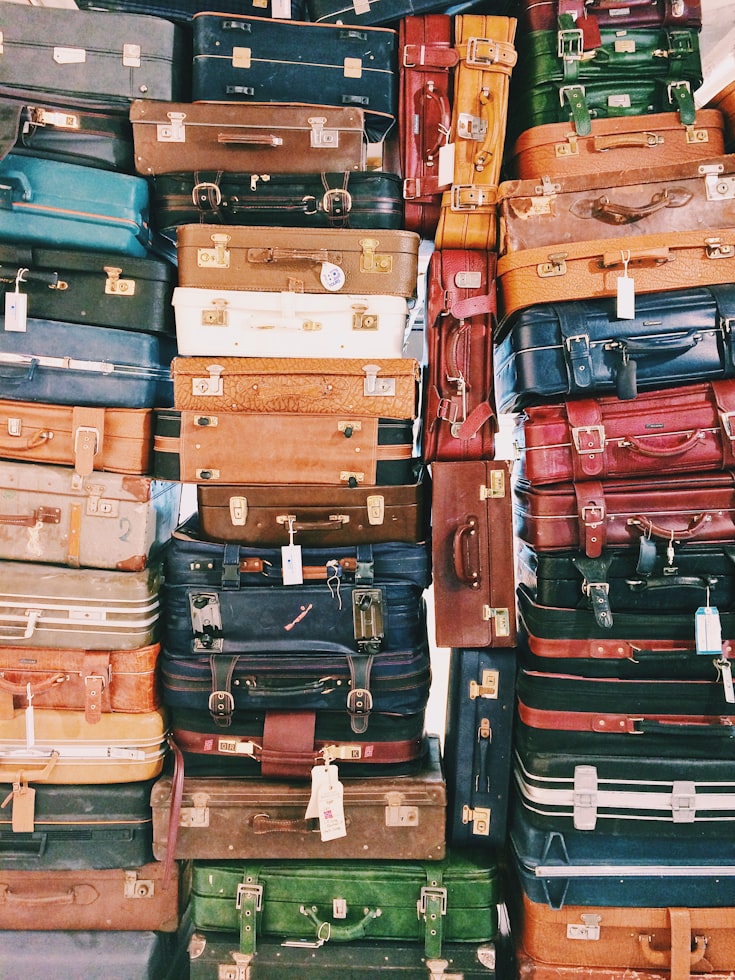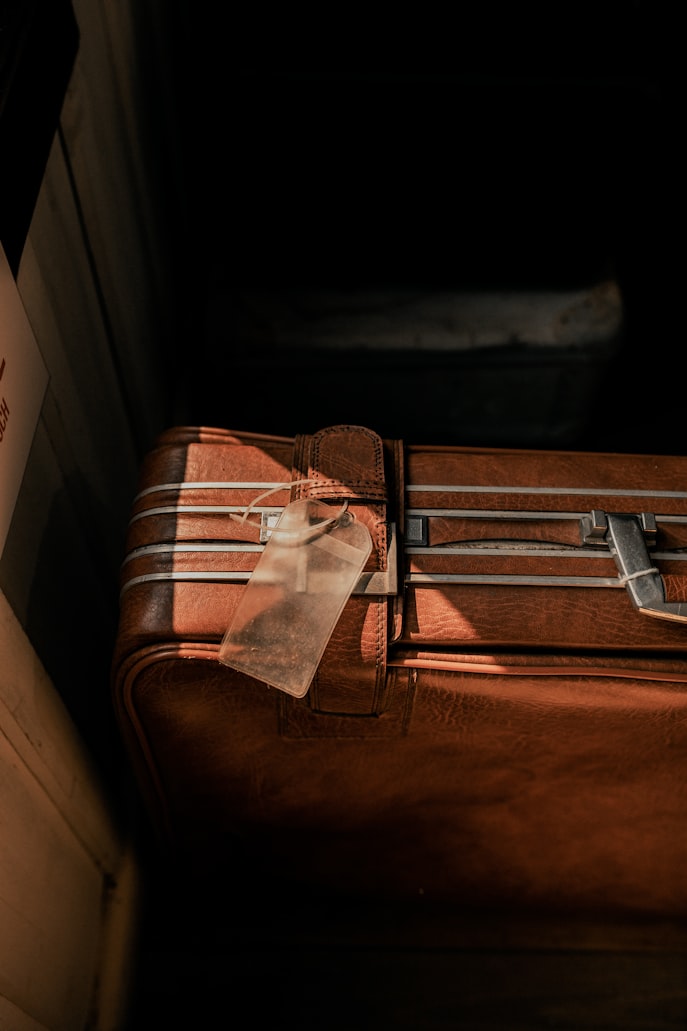Security Alert For Tourists Using Luggage Tags This Summer
The Right Way to Label Your Suitcase

Packing for a trip can feel like the real kickoff to any vacation. For some, it’s an exciting ritual, rolling clothes, checking off lists, zipping up bags. For others, it’s a stressful scramble involving too much stuff, too little space, and never quite knowing what you'll need.
But whether you're a packing pro or the kind of person who sits on their suitcase to shut it, one thing is universal: if you’re flying, you’re bringing luggage. And with luggage comes luggage tags. It might seem like a tiny detail, but what you write on that tag could cause more trouble than you'd expect.
There’s been a new warning going around this summer, especially for holiday travelers, and it’s all about luggage tags. At first glance, the advice might sound a bit over-the-top, but the risk is real, and it's something most people don’t even think about.
We’ve already heard not to tie ribbons on our suitcases (they get caught in baggage systems), and that bright-colored bags might attract unwanted attention. Now, experts are saying we need to be just as cautious with the info we attach to our bags.
Yes, luggage tags help. When your suitcase comes around the carousel and you see two others just like it, that little tag is the thing that tells you which one is yours. And if your bag goes missing, it gives airline staff a way to reach you. But what you write on that tag could also be giving away too much, especially if it ends up in the wrong hands.
Label bags to aid recovery without risking privacy.
Mike Harvey, Managing Director at 1st Move International, says there’s a right way to label your luggage, and it comes down to balance: enough information to help someone return your bag, but not so much that it puts your privacy at risk. So what should you include?
Start with your full name, the one on your passport. This helps airport staff confirm your identity and make sure your bag gets to you. Add a phone number, including your country code, so you can be reached from anywhere.
Include an email address as well. This gives another way to contact you, especially if your phone isn’t working or you’re in a different time zone. Harvey recommends using a separate email just for travel, to keep your main inbox safe from spam or leaks.
 Unsplash
UnsplashBut just as important is what you should avoid putting on your tag: Don’t list your home address. If someone sees it and knows you’re away, it could put your house at risk. Avoid mentioning any valuables inside the bag, as that only invites theft.
Leave out detailed travel plans, like your hotel or destination. While it might seem helpful, it tells people exactly where you’ll be and when.
And never include personal numbers like your passport, national ID, or travel insurance policy. These could be used to steal your identity or access your accounts.
Your luggage tag should list only your name, phone, and travel email - nothing personal.
In short, think of your luggage tag like a public post-it note; it should help someone return your bag if it’s lost, but not give away your life story.
If your current tag includes your full address, where you’re going, or anything too personal, it’s worth taking five minutes to make a new one. Just your name, phone, and a travel-specific email are all you need. Keep the rest to yourself.
 Unsplash
UnsplashIt’s a small detail, but in a world where luggage tags can be photographed and bags occasionally go missing, a little caution now can save you a big headache later.
Before you zip up your suitcase and head to the airport this summer, take a moment to check your tag. It may seem harmless, but it can have a bigger impact than you realize.

